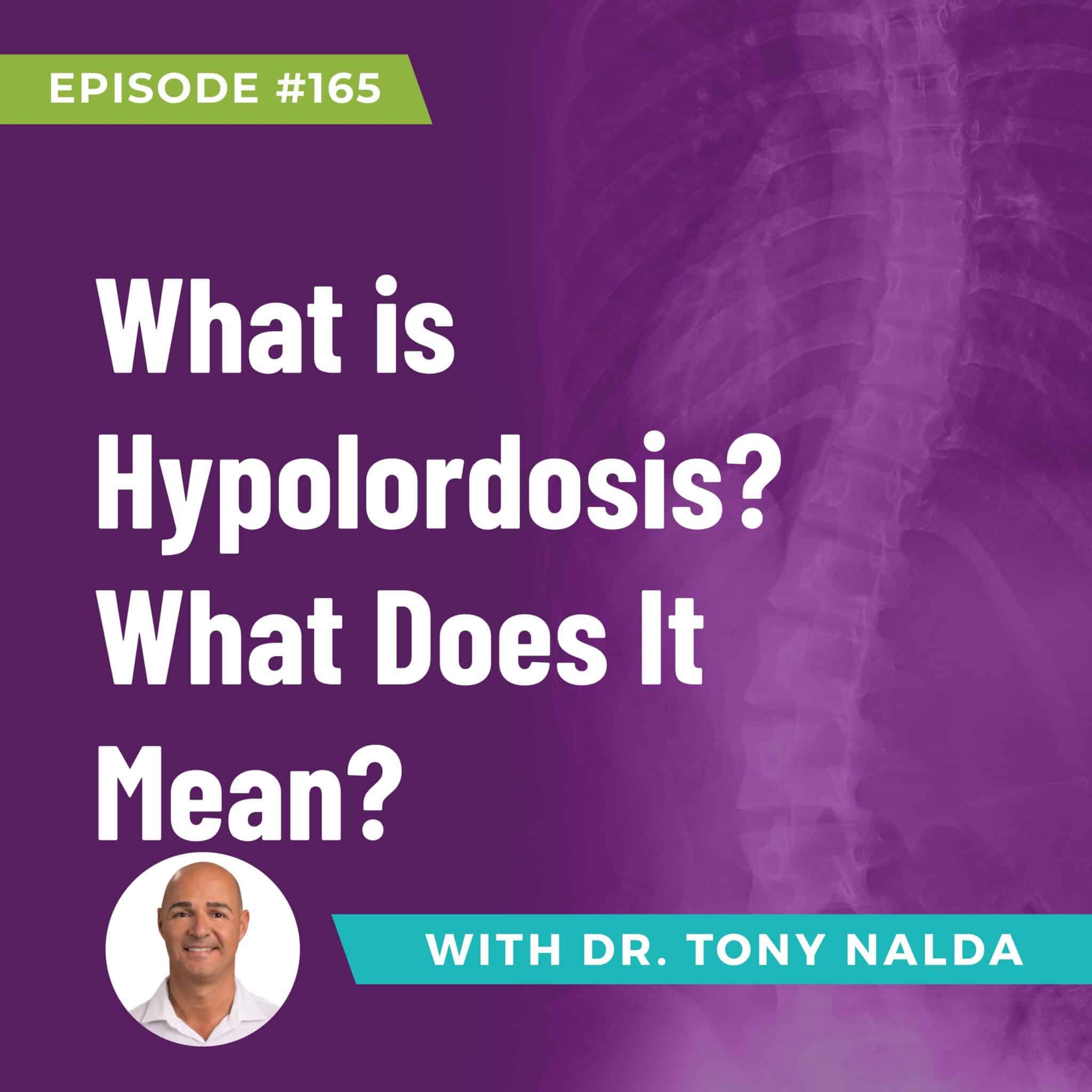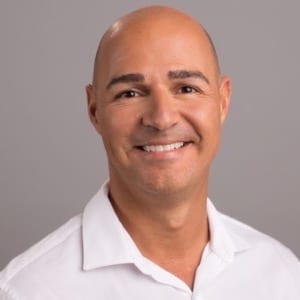Episode 165: What is Hypolordosis? What Does It Mean?
Table of Contents
🎙️ Scoliosis Treatment with Dr. Tony Nalda
Episode Title: What Is Hypolordosis?
Podcast Summary:
In this focused episode, Dr. Tony Nalda explores the often overlooked condition of hypolordosis—a loss of normal spinal curvature—explaining what it is, why it matters, and how it affects both spinal health and scoliosis management.
📐 Understanding Hypolordosis
-
Normal spinal curves: From the side (sagittal view), the cervical and lumbar sections should have a forward-bending curvature called lordosis, while the mid-back (thoracic) has a gentle curve backward called kyphosis.
-
The ideal cervical lordosis is about 40° (normal range ~25–45°), and lumbar lordosis also centers around 40° (with a range of ~30–60°).
❗ When Normal Curves Are Lost
Terms to know:
-
Hypolordosis—a flattening or loss of normal curve (“less than normal” curvature).
-
Hyperlordosis—excessive forward curvature (“too much” curvature).
-
"Military neck"—an extreme form of cervical hypolordosis.
-
Flat-back syndrome—when thoracic kyphosis diminishes, often paired with cervical flattening.
✳️ Why Hypolordosis Isn't Harmless
-
The spine's natural curves act like a spring system, absorbing force and protecting joints, discs, nerves, and spinal tissue.
-
Loss of curve reduces shock-absorption, increasing stress and degeneration (often mislabeled as "arthritis").
In the neck:
-
Flattened curves diminish protection of nerve tissue and spinal cord.
-
Associations include headaches, neck pain, arm pain or weakness, and decreased nerve function.
-
Degeneration accelerates in these flattened segments.
🛠️ Treatment Approach
At the Scoliosis Reduction Center, the aim is full 3D spinal realignment—front-to-back and side-to-side:
-
Identify and restore lost curves in cervical and lumbar areas.
-
Integrate posture correction with scoliosis-specific care.
-
Use therapies focused on strengthening, mobilization, and support to maintain alignment.
🧩 Key Takeaways
| Insight | Explanation |
|---|---|
| 💡 Hypolordosis is more than posture | It can lead to spinal degeneration, pain, and neurological issues. |
| 🧠 Curves matter | Normal curvature is essential for force distribution and nervous system health. |
| 🌟 Fixing curves aids scoliosis treatment | Restoring normal sagittal alignment strengthens and protects the spine long-term. |
🎯 Next Steps for Patients
-
If you’ve been told your spine is too straight or “kept your vertebrae from being bent backward,” ask about sagittal alignment or hypolordosis.
-
A full 3D spinal evaluation—sagittal curves and scoliosis—is crucial.
-
Consider therapeutic methods aimed at restoring normal curves: posture exercises, manual therapy, and back-support systems.
📘 Free Resource
To learn more about integrative, non-surgical approaches:
Download our guide: How to Effectively Treat Scoliosis
→ ScoliosisReductionCenter.com/free
For personalized care strategies, visit:
🔗 ScoliosisReductionCenter.com
Artlist.io 847544
Podcast: Play in new window | Download
Subscribe: RSS
Dr. Tony Nalda
DOCTOR OF CHIROPRACTIC
After receiving an undergraduate degree in psychology and his Doctorate of Chiropractic from Life University, Dr. Nalda settled in Celebration, Florida and proceeded to build one of Central Florida’s most successful chiropractic clinics.
His experience with patients suffering from scoliosis, and the confusion and frustration they faced, led him to seek a specialty in scoliosis care. In 2006 he completed his Intensive Care Certification from CLEAR Institute, a leading scoliosis educational and certification center.
About Dr. Tony Nalda
 Ready to explore scoliosis treatment? Contact Us Now
Ready to explore scoliosis treatment? Contact Us Now








